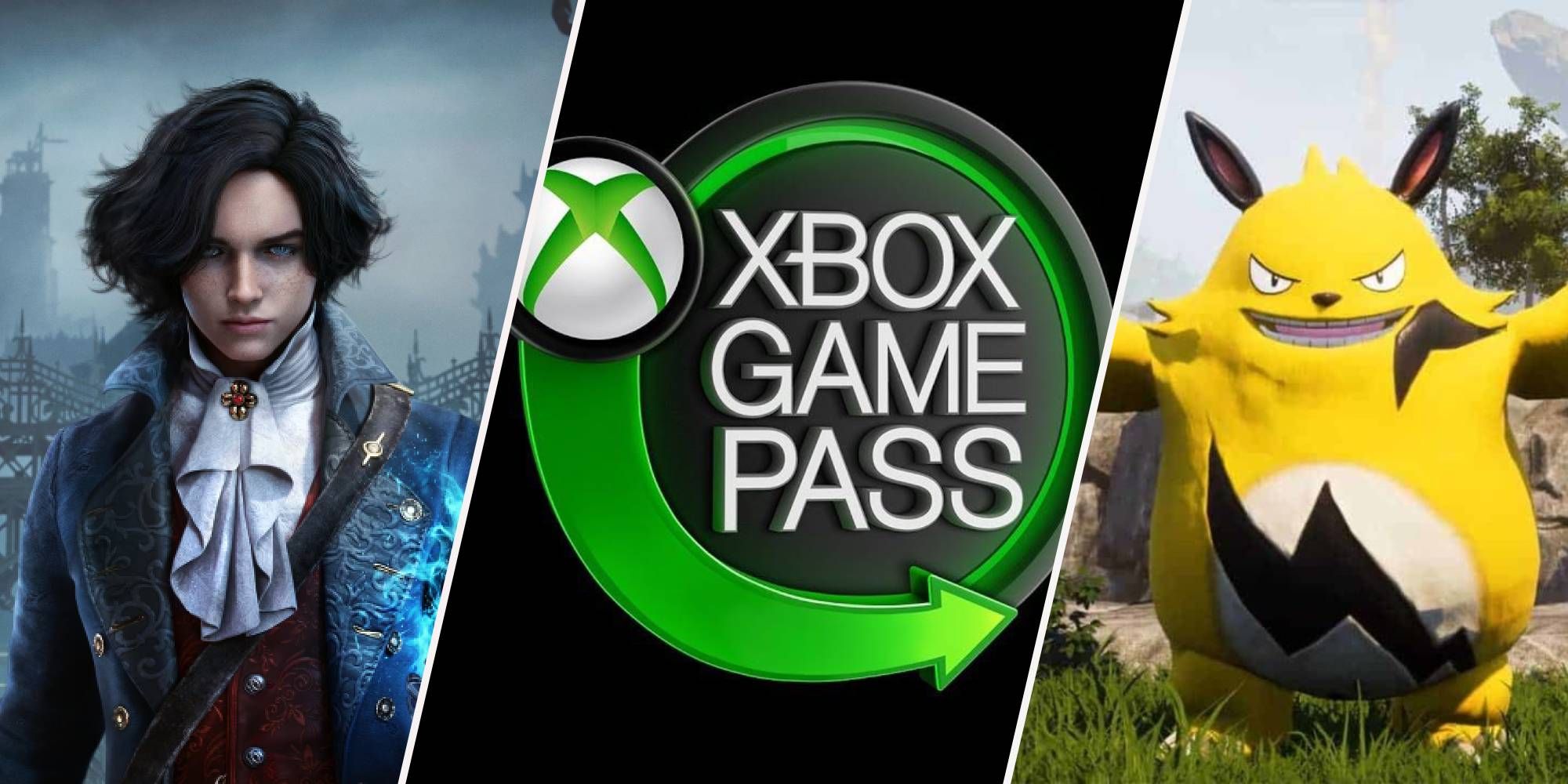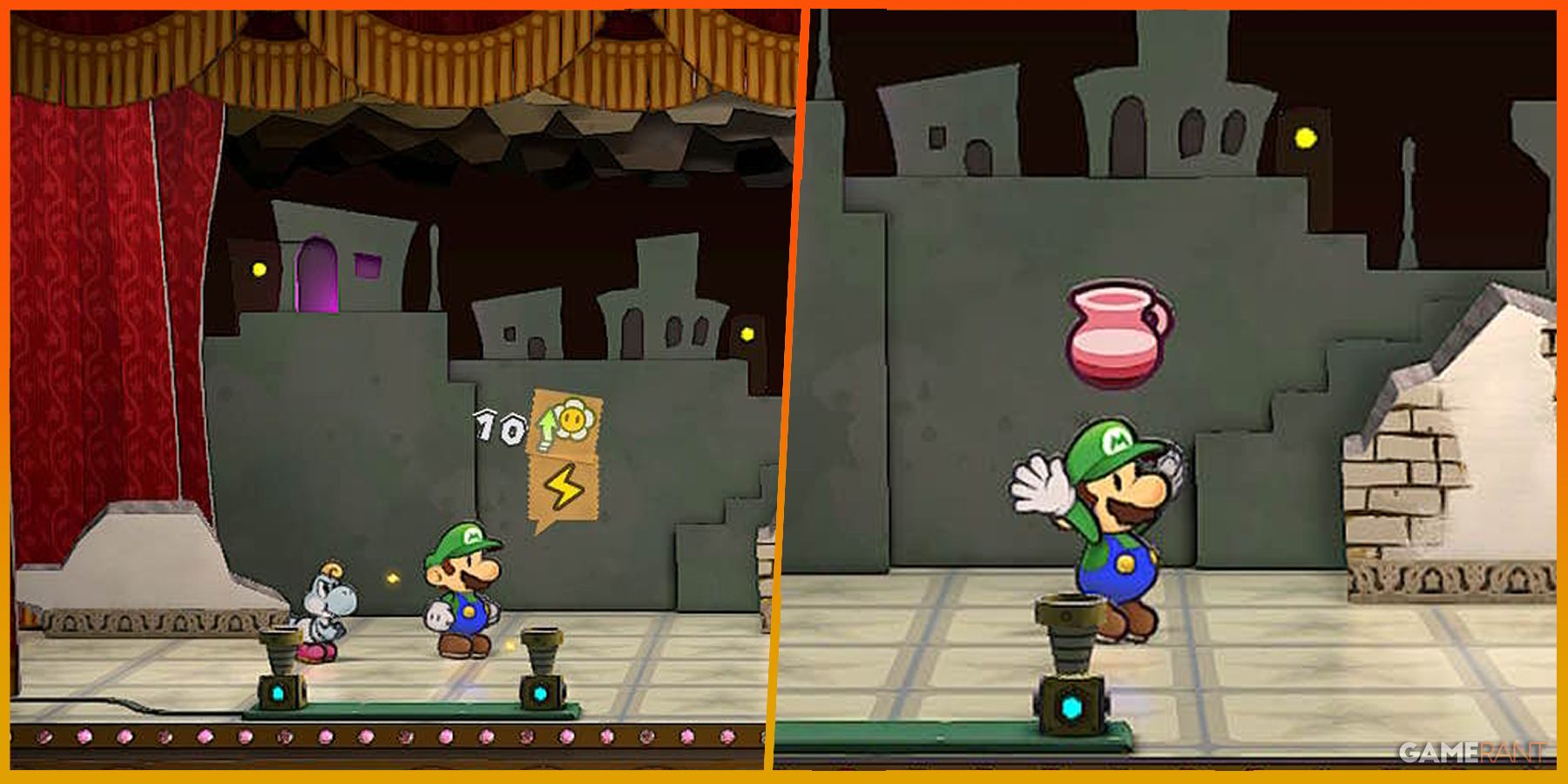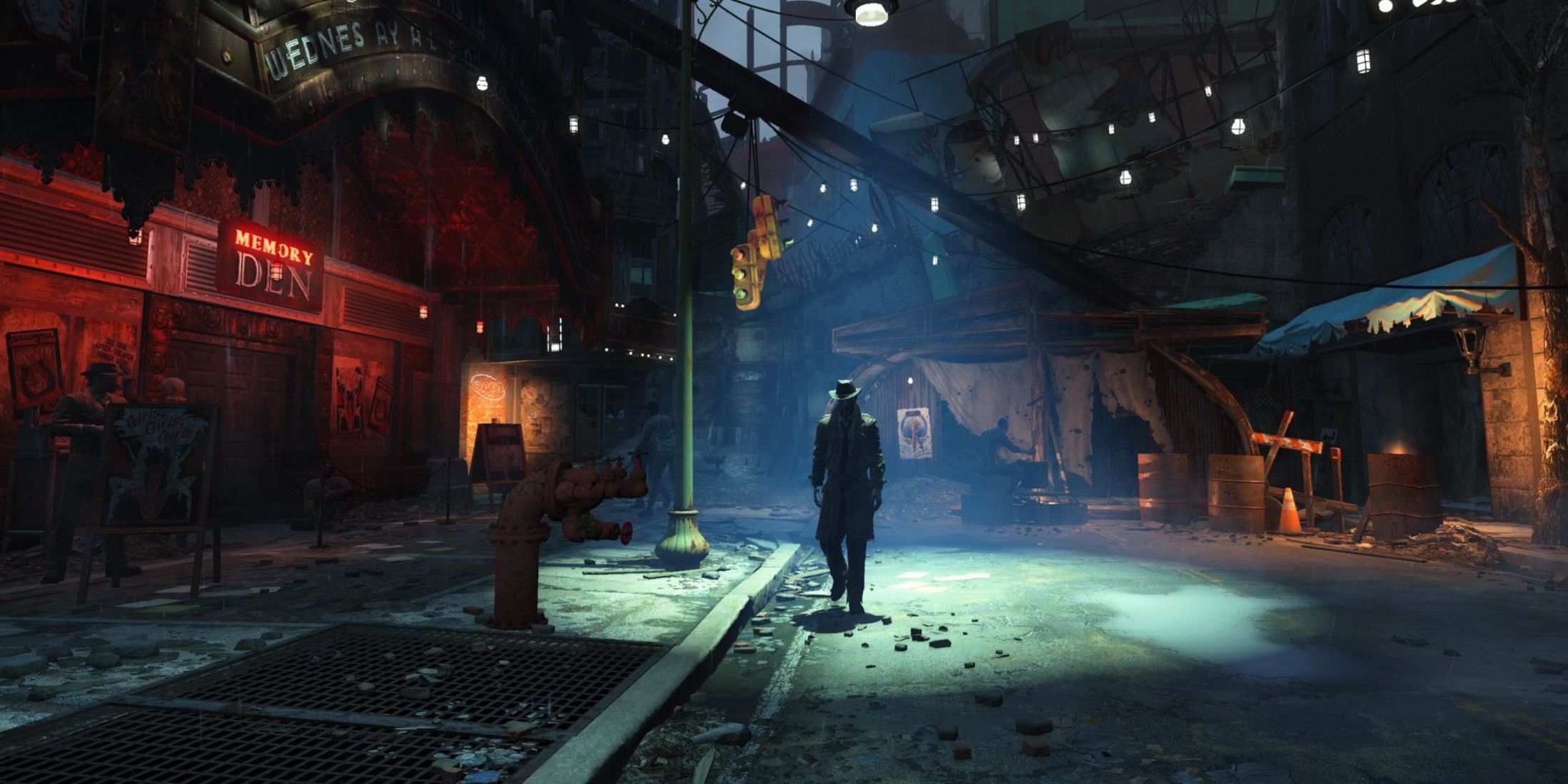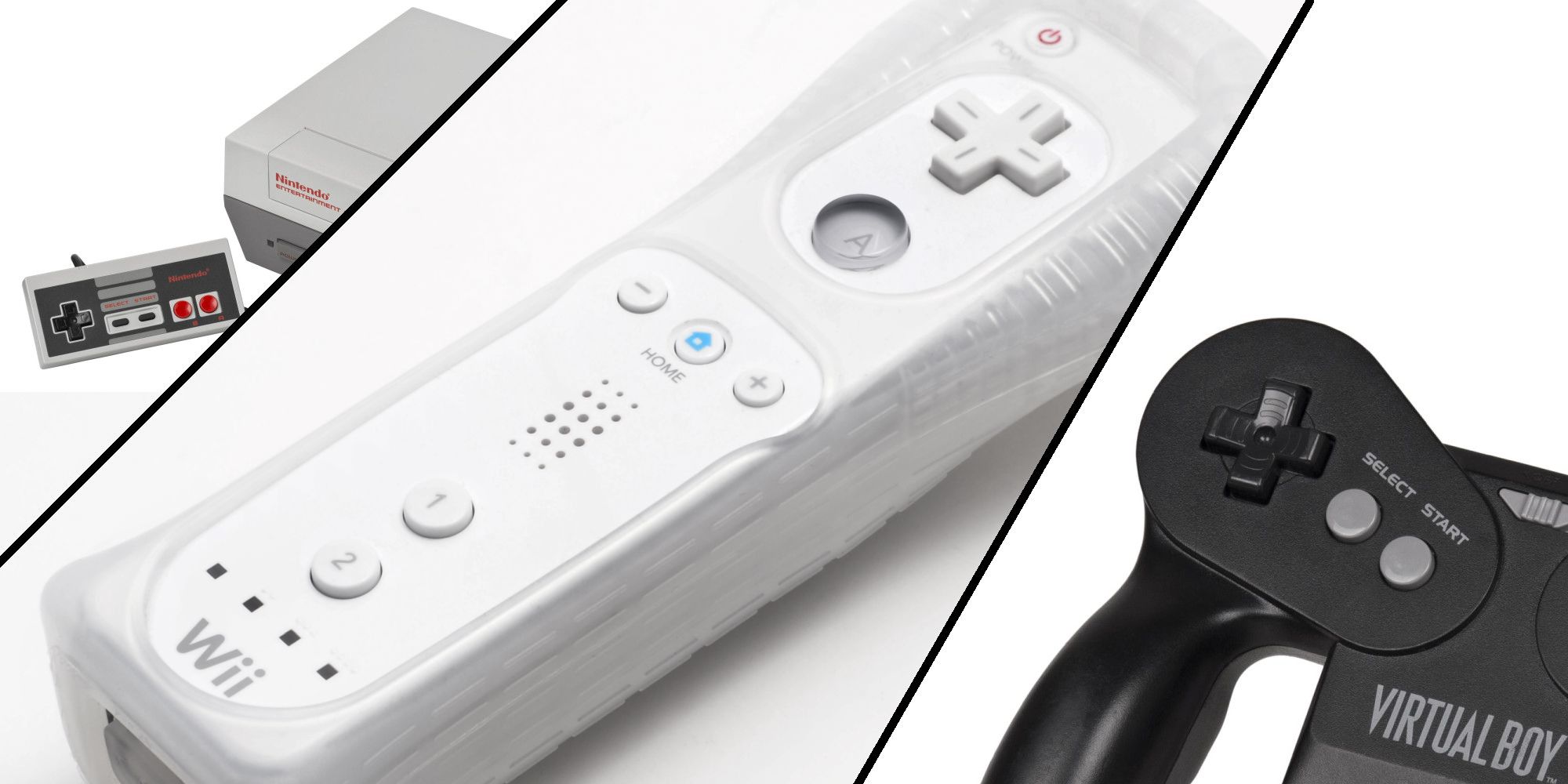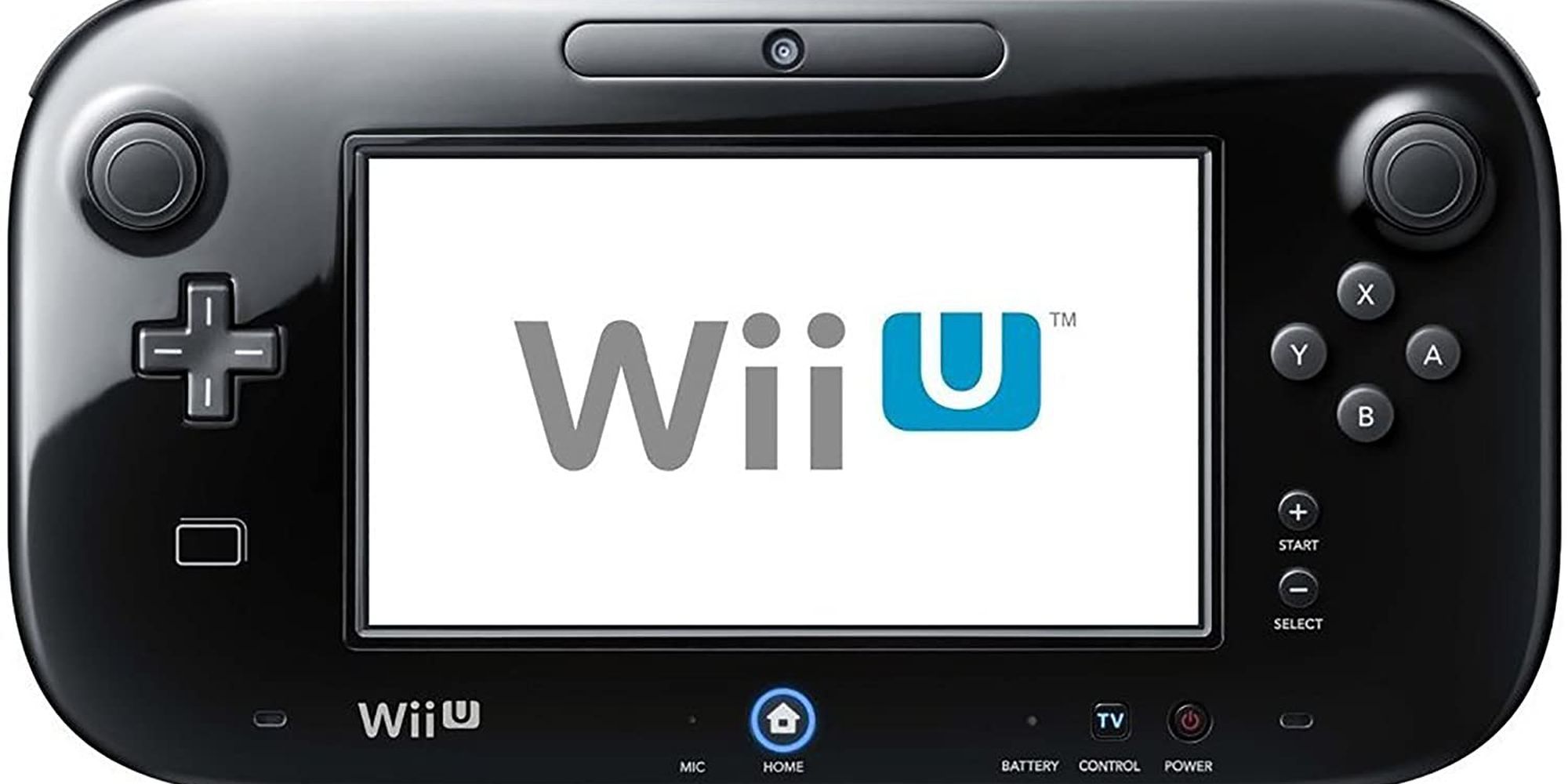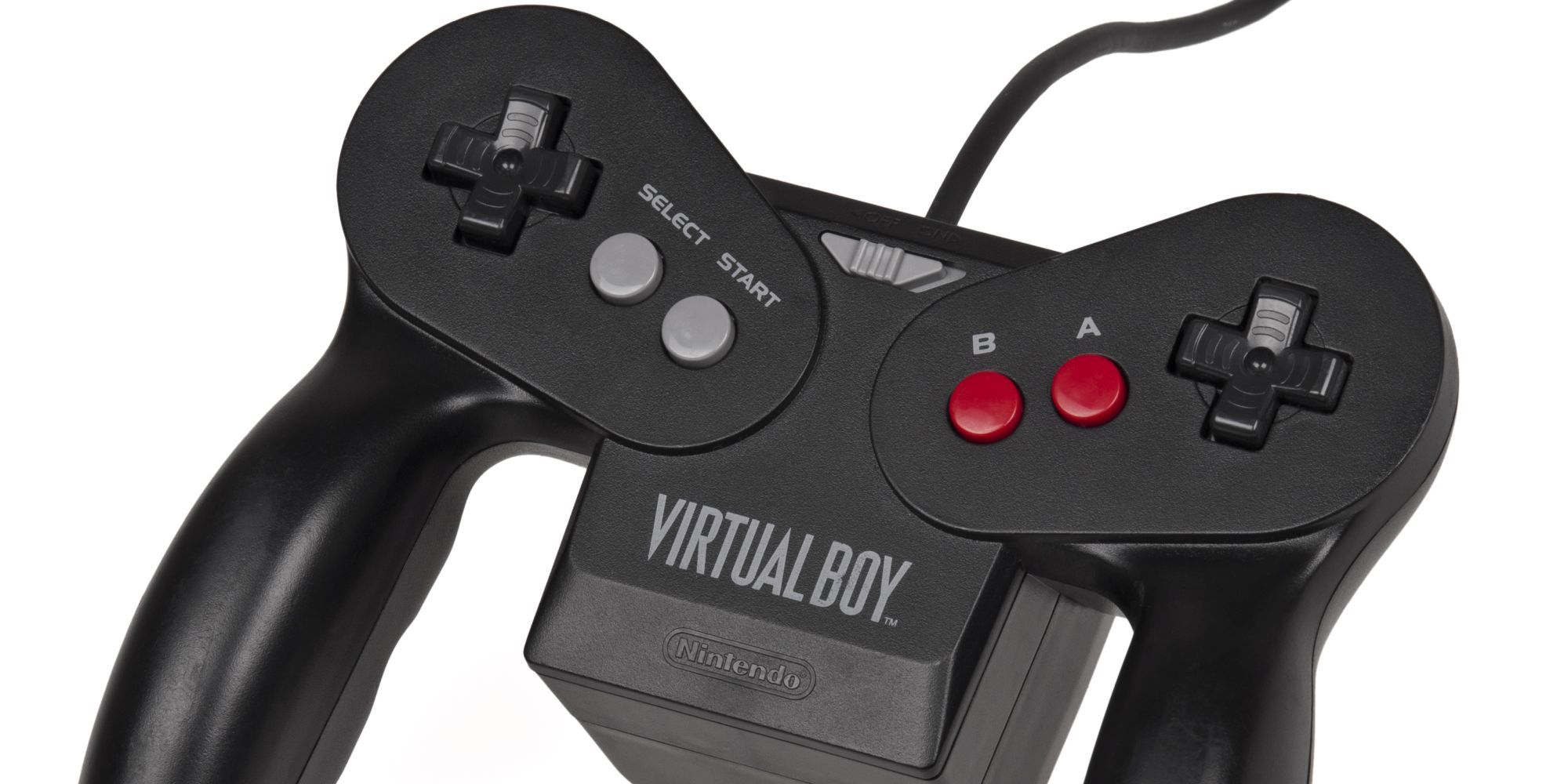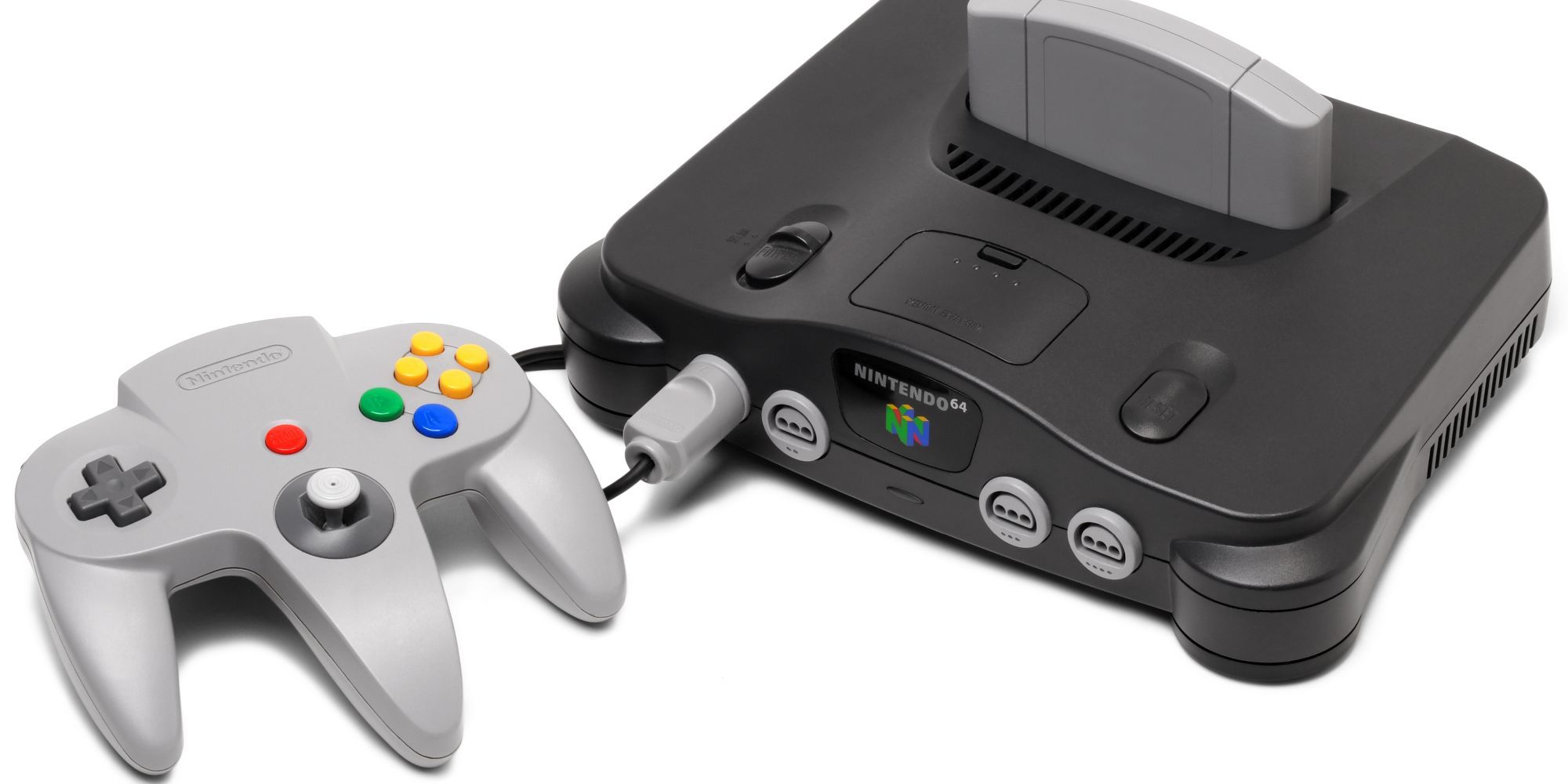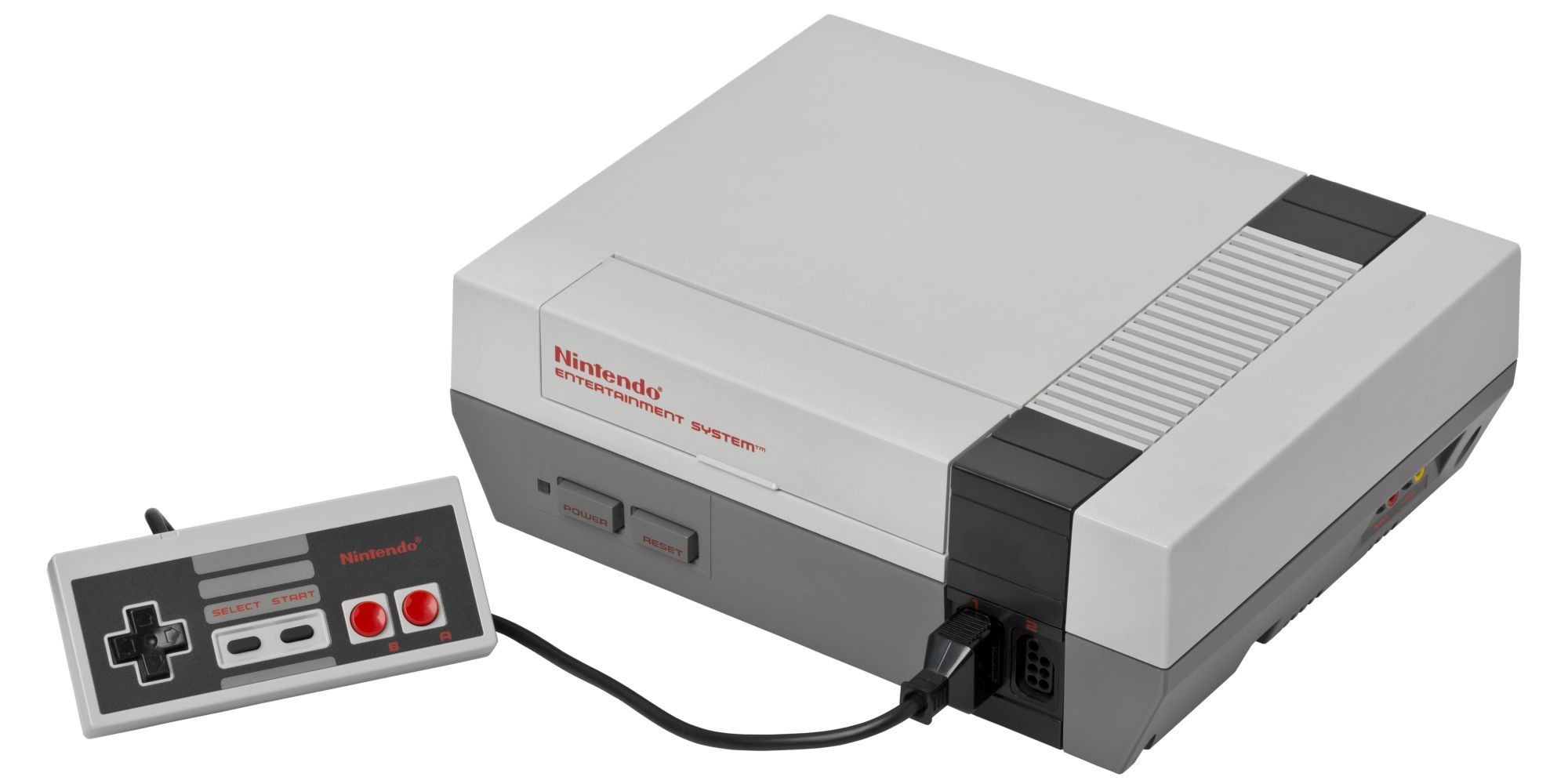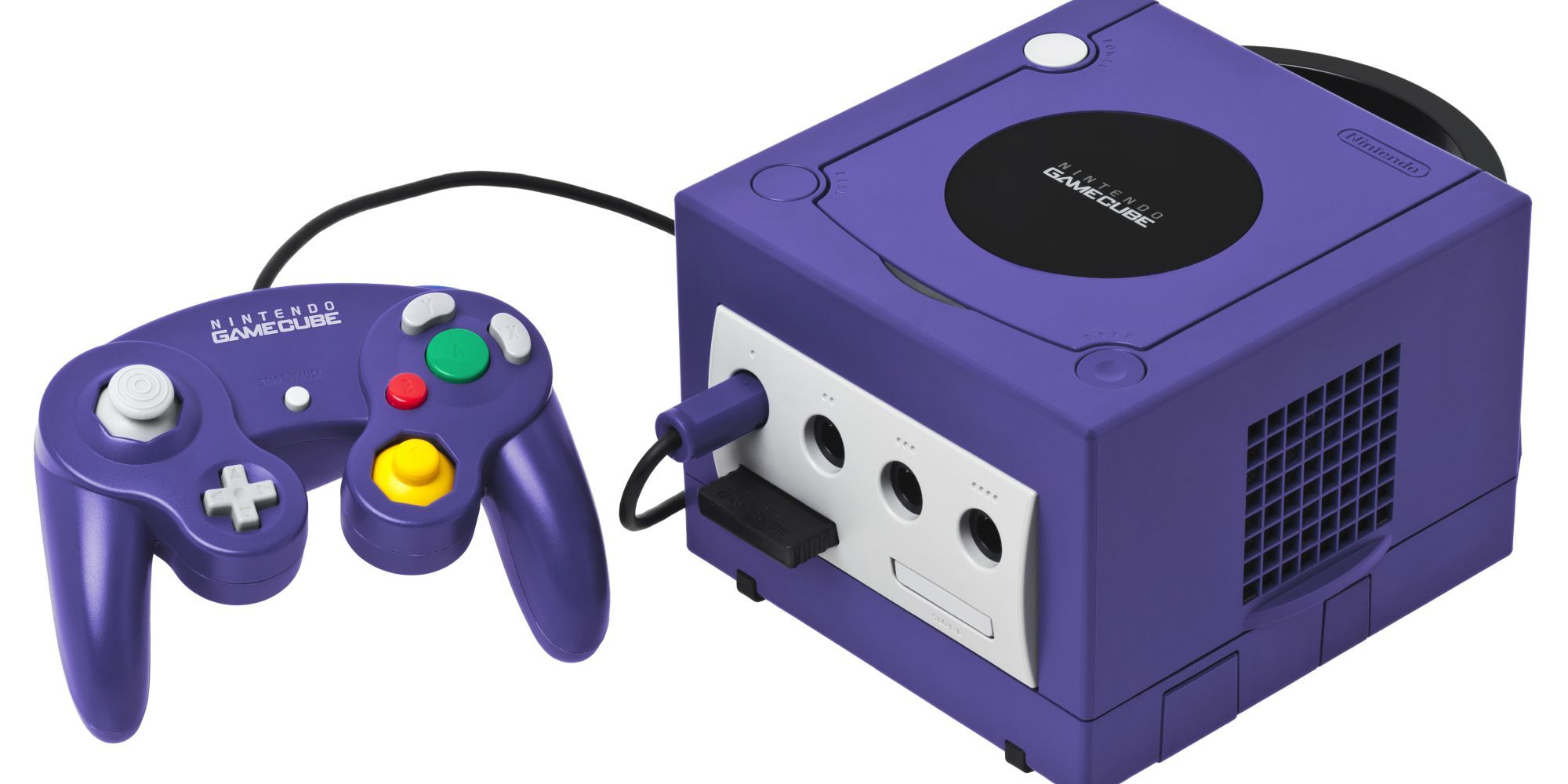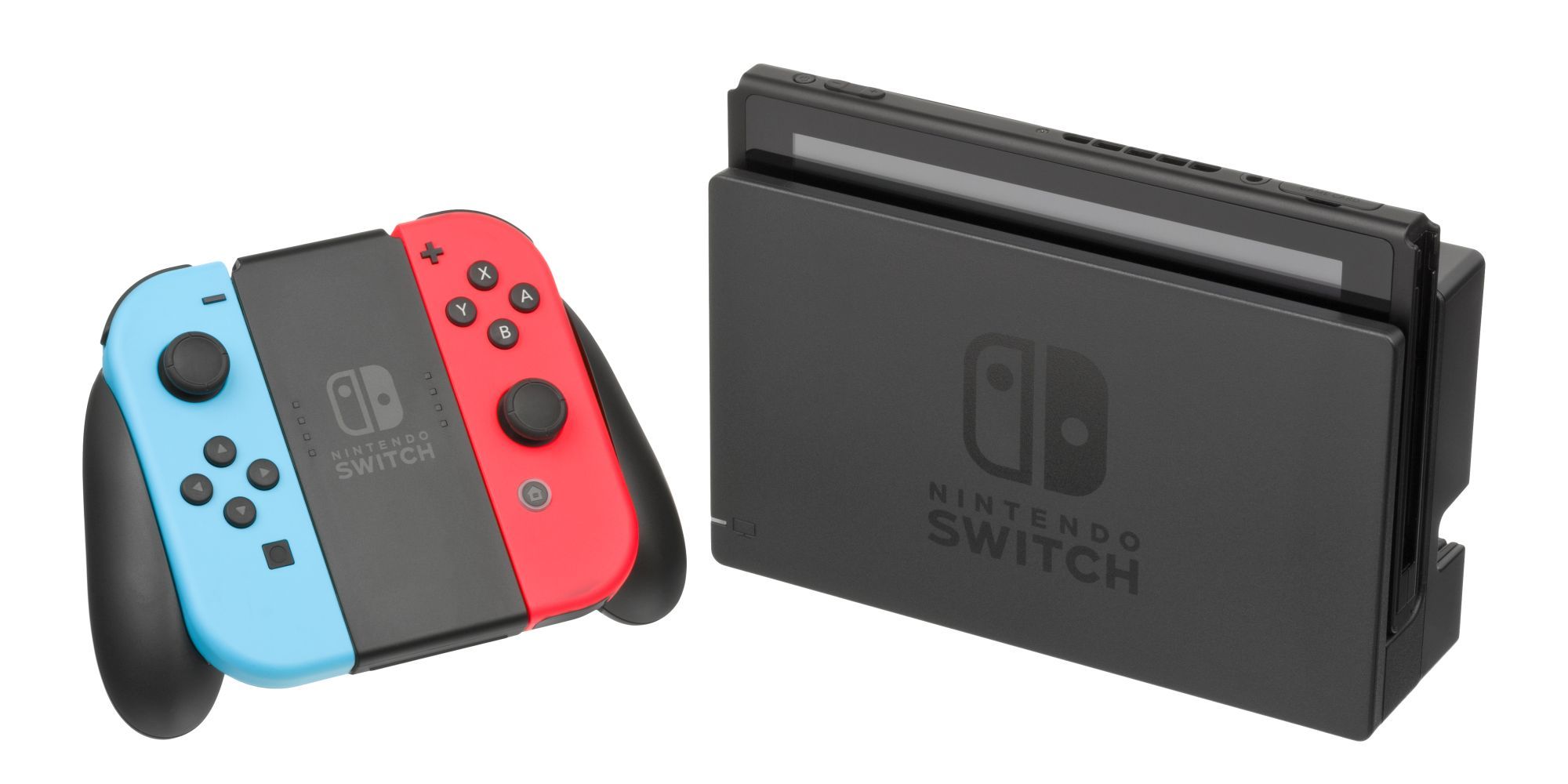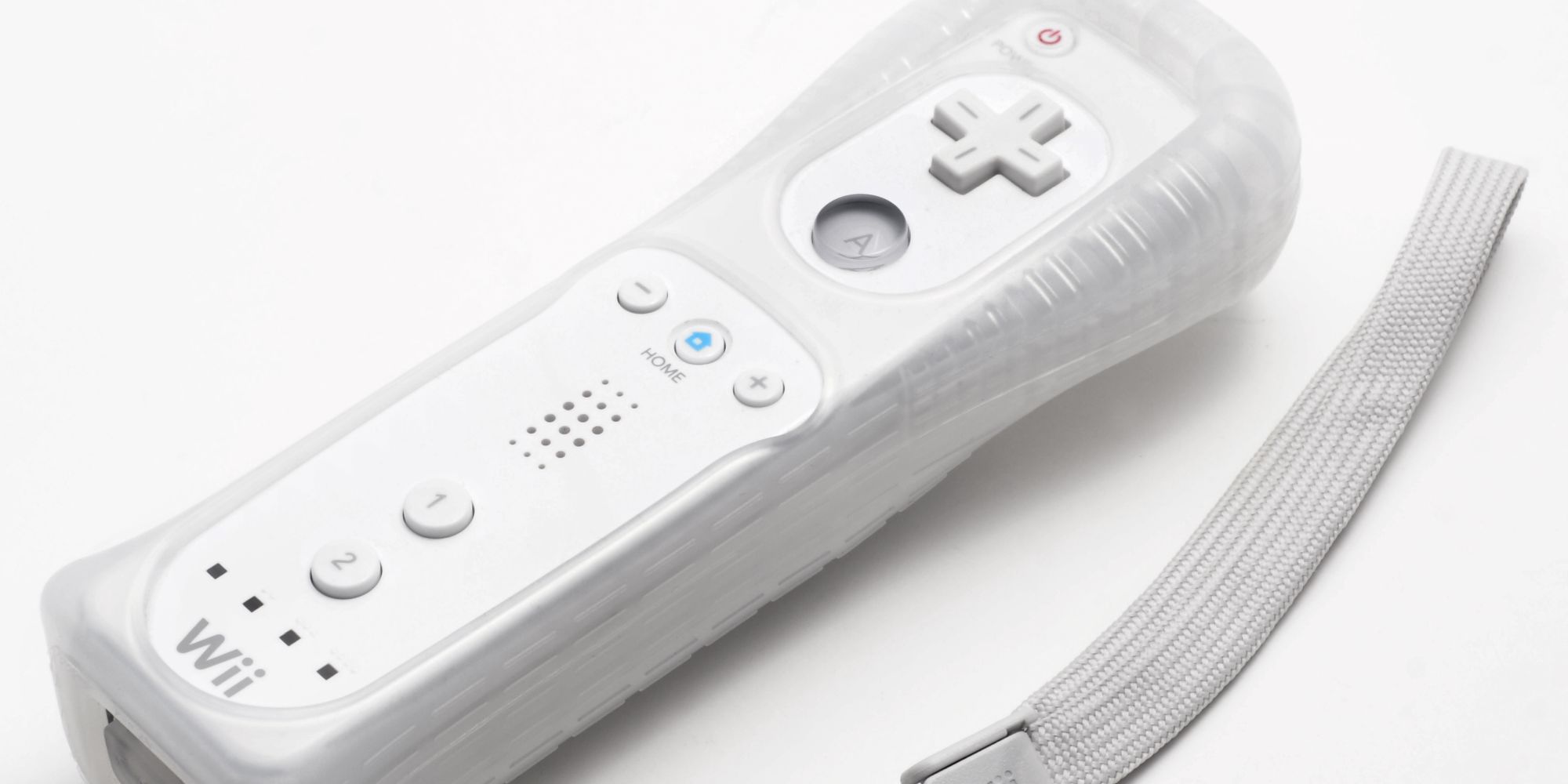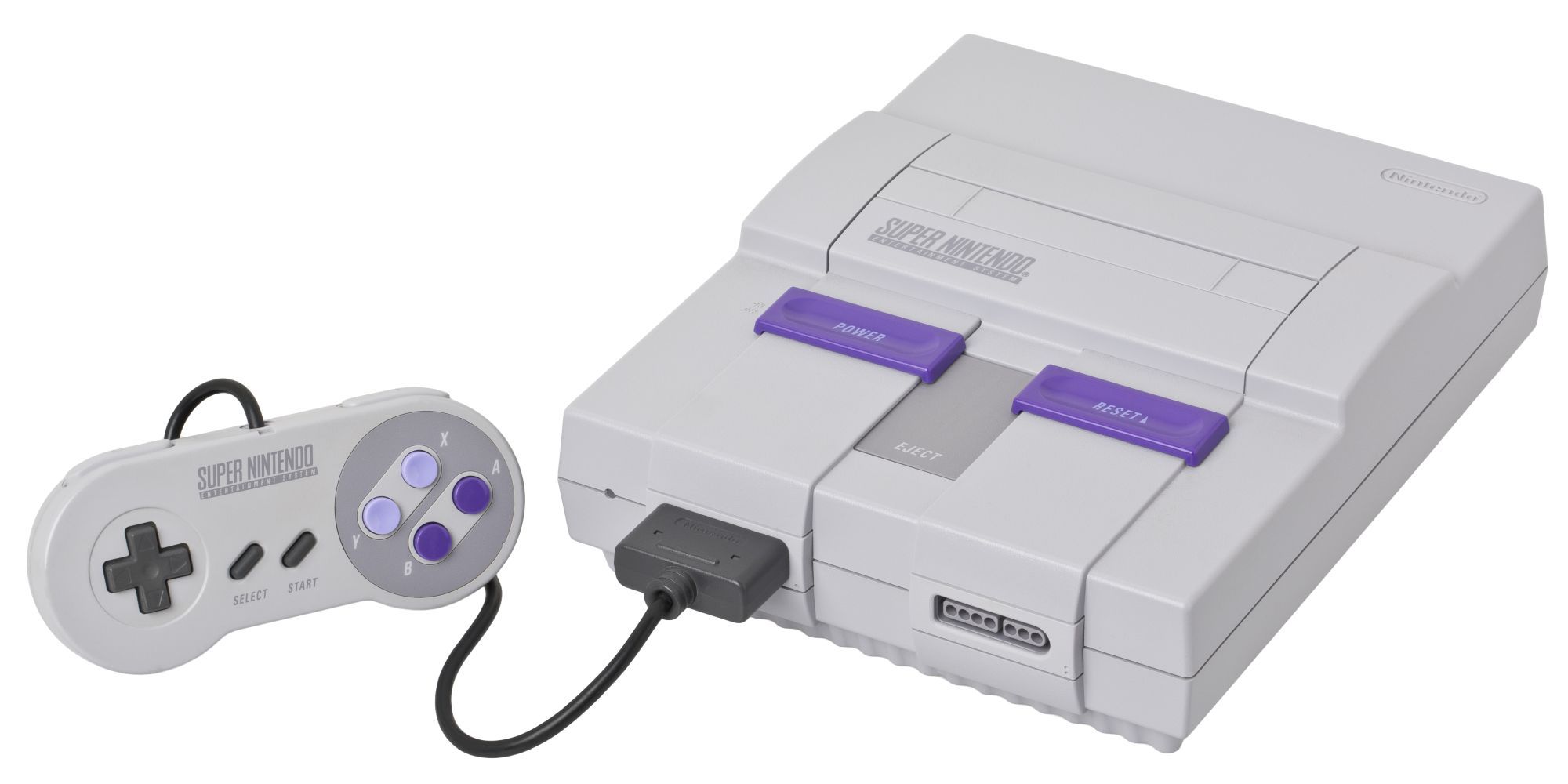Video game consoles rely on their controllers. While other features like game selection, availability, and price are going to have a larger impact on a console's sales, a great deal relies upon the primary means players have to interface with the games on that console. And while controllers and other accessories can come out after launch, it is the launch controllers bundled with the console that will define it for the average consumer.
Nintendo has a long history of consoles, and in many ways the NES defined video game consoles for an entire generation. Many of the most famous Nintendo platforms have been portable systems with controllers built in to the console itself, but there are also plenty of individual consoles with better or worse controllers to be considered.
8 Wii U
The second worst-selling console in Nintendo's history, very little went right with the Wii U, and its awkward controller didn't help matters. Aside from being heavy, the tablet-sized controller was functionally a tablet without a touch screen that had its actual controls on either side of the screen. This made the controller uncomfortable to hold and heavy to boot.
While the controller and its additional screen did offer certain advantages, such as allowing players to swap to the controller display when someone else needed to use the main screen, it's telling that the Wii U made sure that extra controllers used the more familiar Wii remote. Whatever the design intent behind the Wii U pad was, it ultimately did not work, although there are design elements that were better on this platform than its immediate successor.
7 Virtual Boy
Nintendo's absolute worst-selling console had numerous hardware limitations and flaws, and it was not helped in any fashion by its controller. Possessing two digital pads on either side of the controller along with just two buttons, it felt almost tailor-made to be awkward to hold and use.
The problem was compounded by the B and A buttons being located in such a way that it was easier to hit the d-pad on the right instead of the buttons, and given that the machine required players to be strapped into a headset, there was no way to check the buttons while playing. With any other system, this controller would be a highlight of poor design; the Virtual Boy, sadly, had so many problems that its controller is almost an afterthought.
6 Nintendo 64
The early days of fully 3D gameplay produced some novel controller designs as designers figured out the best way to give players agency over 3D movement and camera controls. The Nintendo 64's controller was one such effort that didn't quite work, although it did feature elements such as the analog stick and the Z-button underneath the controller that would become fairly standard.
Primarily working against the controller was that its actual grip was awkward, set up so that players could hold it multiple ways but without making any of those ways intuitive. It's a distinctive controller, but it never quite adapted to being an industry standard for good reason, even as N64 titles went on to define entire genres.
5 NES
Few video game controllers are iconic like the NES controller. Two buttons on the right side, a directional pad on the left, Select and Start in the middle. Anyone who grew up playing video games in the 80s likely draws something similar as a default when asked to render a game controller, helped by the console's historically impressive launch. So it may be surprising that it is not, in fact, a very good controller.
The unit's hard edges make it uncomfortable to hold over long periods of time, and it lacks an easy place for easy gripping during play, even ignoring the low number of inputs allowed by the controller limitations. Iconic or not, in the pantheon of game controllers from Nintendo, the NES ranks lower than its distinctiveness might imply.
4 GameCube
Anyone who has held a modern DualShock or Xbox controller will recognize the GameCube controller as having a broadly similar layout, with two grips, the buttons arranged on the right thumb area, two sets of shoulder buttons, two analog sticks, and a single directional pad. However, every individual element of the controller is also distinctive compared to these standards, and not usually in a positive way.
The circle of buttons around a central A button are useful in games where those extra buttons are supplementary, but awkward to players accustomed to a more traditional four-point button layout. The shoulder buttons feel more like triggers, but the Z button is where a traditional shoulder button would be. The analog sticks are both different in scale and design. It isn't a terrible controller, but it feels awkward next to its contemporaries, despite the console itself hosting some brilliant games deserving of more attention.
3 Nintendo Switch
The Nintendo Switch's Joycons are meant to be used in a dizzying number of ways. One can use them attached to the main unit like a better-scaled version of the Wii U's control pad. They can be placed into a single controller mount and used as a traditional controller. A player and a friend can both take one for certain two-player games, with all the controls accessible.
While the Joycons are on the small side with both buttons and layout, the sheer flexibility of the controllers makes them useful in a variety of settings without having limited inputs. As befits the multi-mode nature of the console, individual flaws become less prominent when taking into account the many different ways to play the console, and the sheer modularity allows for many control schemes while retaining the same basic controllers... even if there are many other options.
2 Wii
Of all the controllers associated with Nintendo, the Wii remote - usually known affectionately as the Wiimote - is likely the best-known now simply because of the Wii's ubiquity as a console. In many ways the remote is a rather constrained controller, as it lacks an analog stick or even a comparable buttons to most other game controllers, instead sporting a d-pad and a grand total of six buttons plus the system-locked Home button.
However, the addition of motion controls alongside a port capable of accepting other accessories such as the often-used analog-equipped Nunchuk meant that the controller was both flexible and intuitive for new gamers as well as old veterans. It helped make the Wii the dominant console of its generation, and its motion controls were sometimes used to brilliant effect. And the controllers last longer than Switch controllers, too.
1 SNES
Looking at the controller for the Super Nintendo, one can see the lines and layout that would later come to be the default for nearly every controller that came afterward. The curves around the two main points of contact, the general button layout, the addition of shoulder buttons; all of these things would become standard and make sure that even players born after the SNES era feel comfortable holding its controllers.
While not a flawless example of controllers and lacking later innovations like extended grips, the SNES controller remains at once iconic and a clear evolution from its direct predecessor on the NES. Even decades later, the controller remains solid and comfortable for play sessions.

